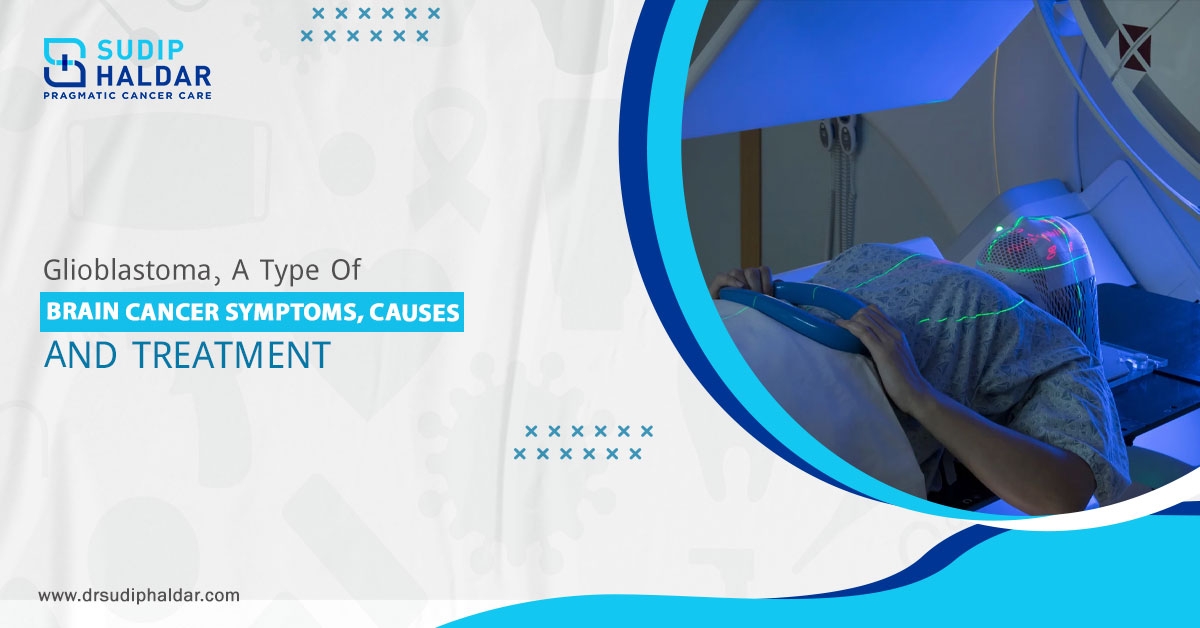Breast cancer is one of the most common cancer types, which in 2020, affected 2.3 million women and caused 685000 deaths worldwide. A self-breast examination can be an ideal way to observe if there’s any lump present in your breasts. Reach out to your gynecologist or a general physician immediately after noticing a mass in your breasts without pain.
For breast cancer treatment in Siliguri, reach out to the leading cancer research center in town. Overgrowth of a milk duct causes a lump in your breast. Plus, fluid-filled pockets and fibrous tissues in the breasts feel like a mass or lump that people often confuse with breast tumors. See your doctor for a proper health evaluation.
Timely diagnosis is key to optimal healing. Here are the widely common signs and symptoms of breast cancer:
- Changes in the breast size, shape
- Changes in the contour of your breast
- A thickening in or near your breast or in your underarm
- Your breast or nipple Your skin may look scaly dimpled, puckered, or inflamed.
- A marble-like hardened mass under your skin
- A mass or lumpfelt as small as a pea
- Bloody or clear fluid discharge from your nipple
If you feel a lump or any such signs, make an appointment with your healthcare provider/gynecologist for a fast and in-depth breast health examination. Health evaluation under expert supervision identifies the underlying cause, thereby, treatment can be mapped out accordingly.
This blog shares insights into breast cancer treatment
Effective treatment options for breast cancer:
Surgery
The primary medical treatment approach to breast cancer is surgery. The goal of surgery is to remove the cancerous tumor and the neighboring tissues may be affected or are otherwise in good condition. Several types of breast cancer surgery are executed based on what suits the patient including:
Lumpectomy
In this surgical procedure, the oncology surgeon removes the malignant/cancerous tumor along with some margins of healthy surrounding tissue. A lumpectomy is for small tumors in combination with radiation therapy, typically after surgery. Many times, chemotherapy is given in order to shrink the tumor before surgery so that surgical removal of the tumor becomes easier.
Mastectomy
The medical procedure of mastectomy is the removal of the entire breast tissue, which the ducts, lobules, nipple, areola, some skin, etc. In a few cases of breast removal with mastectomy, doctors may perform a nipple-sparing mastectomy and skin-sparing mastectomy.
Axillary lymph node dissection
For breast cancer diagnosed in several lymph nodes, doctors may perform the removal of many lymph nodes under the arm.
Sentinel node biopsy
This medical procedure aims to prevent the removal of a large number of lymph nodes where cancer hasn’t spread. Experts inject a dye to collect drainage from the tumor to confirm how many lymph nodes the cancer has spread to.
Radiation Therapy
Radiation therapy is one of the most effective cancer therapies, using high-powered energy beams to destroy remaining cancer cells. More commonly, radiation is given after breast cancer surgery (lumpectomy or mastectomy).
Chemotherapy
For large malignant tumors in the breasts, experts use chemotherapy prior to surgery to reduce/shrink the size of the tumour. Chemotherapy is also given after surgery to effectively destroy fast-growing cancer cells. This cancer therapy helps prevent cancer recurrence.
Early detection and prompt medical are crucial for optimal breast cancer healing. Regular breast self-exams and routine medical check-ups are of big help. Visit your oncologist in town and get comprehensive guidance on breast cancer treatment and management.





